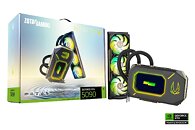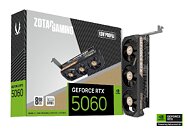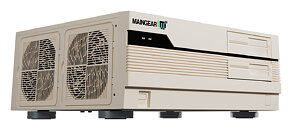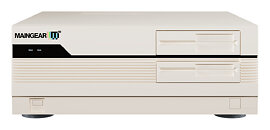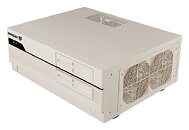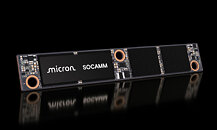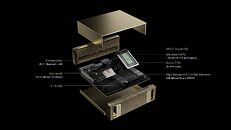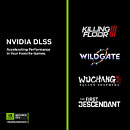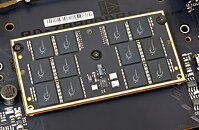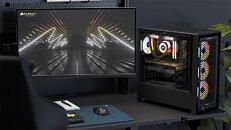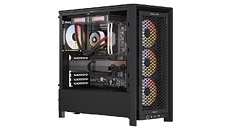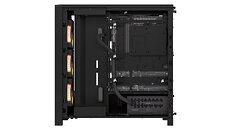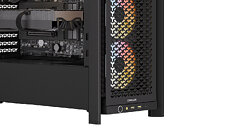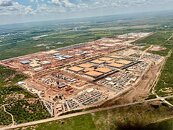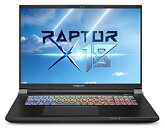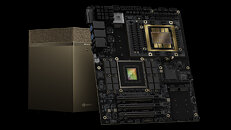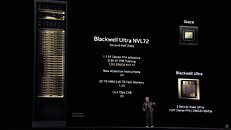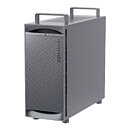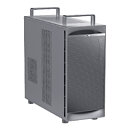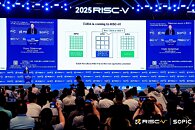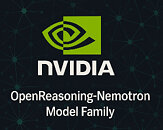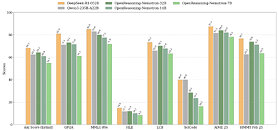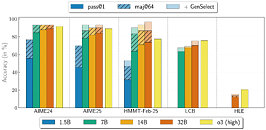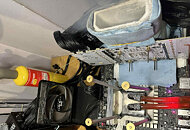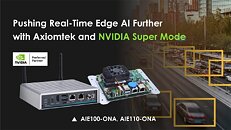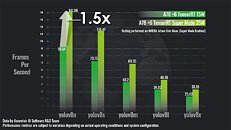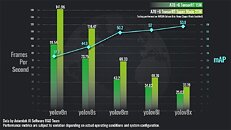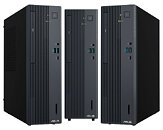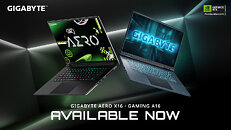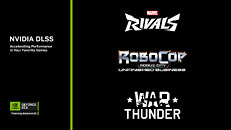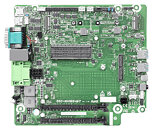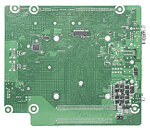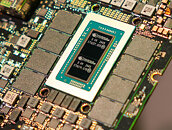
NVIDIA GeForce NOW Gets WUCHANG: Fallen Feathers, Tony Hawk's Pro Skater, Killing Floor 3, and More
Sharpen the blade and brace for a journey steeped in myth and mystery. WUCHANG: Fallen Feathers has launched in the cloud. Ride in style with skateboarding legends in Tony Hawk's Pro Skater 1 + 2, now just a grind away. Or team up with friends to fend off relentless Zed hordes in the pulse-pounding action of Killing Floor 3. The adventures begin now with nine new games on GeForce NOW this week.
Rise From Ruin
Dive into the hauntingly beautiful world of Ming Dynasty China in WUCHANG: Fallen Feathers, where supernatural forces and corrupted souls lurk around every corner. Step into the shoes of Wuchang, a fierce warrior battling monstrous enemies and the curse of the feathering phenomenon. Every decision and weapon swing carves a path through a world that's as treacherous as it is breathtaking. The game's rich lore and atmospheric storytelling pull players into a dark, soulslike adventure where danger and discovery go hand in hand. Stream the game in all its gothic glory with GeForce NOW, no legendary hardware needed. Powered by a GeForce RTX gaming rig in the cloud, GeForce NOW enables members to stream instantly across devices and immerse themselves in epic combat and stunning visuals. Ultimate members can soar to new heights and stream at up to 4K resolution 120 frames per second or 240 FPS for even smoother frame rates - all at ultralow latency.
Rise From Ruin
Dive into the hauntingly beautiful world of Ming Dynasty China in WUCHANG: Fallen Feathers, where supernatural forces and corrupted souls lurk around every corner. Step into the shoes of Wuchang, a fierce warrior battling monstrous enemies and the curse of the feathering phenomenon. Every decision and weapon swing carves a path through a world that's as treacherous as it is breathtaking. The game's rich lore and atmospheric storytelling pull players into a dark, soulslike adventure where danger and discovery go hand in hand. Stream the game in all its gothic glory with GeForce NOW, no legendary hardware needed. Powered by a GeForce RTX gaming rig in the cloud, GeForce NOW enables members to stream instantly across devices and immerse themselves in epic combat and stunning visuals. Ultimate members can soar to new heights and stream at up to 4K resolution 120 frames per second or 240 FPS for even smoother frame rates - all at ultralow latency.





